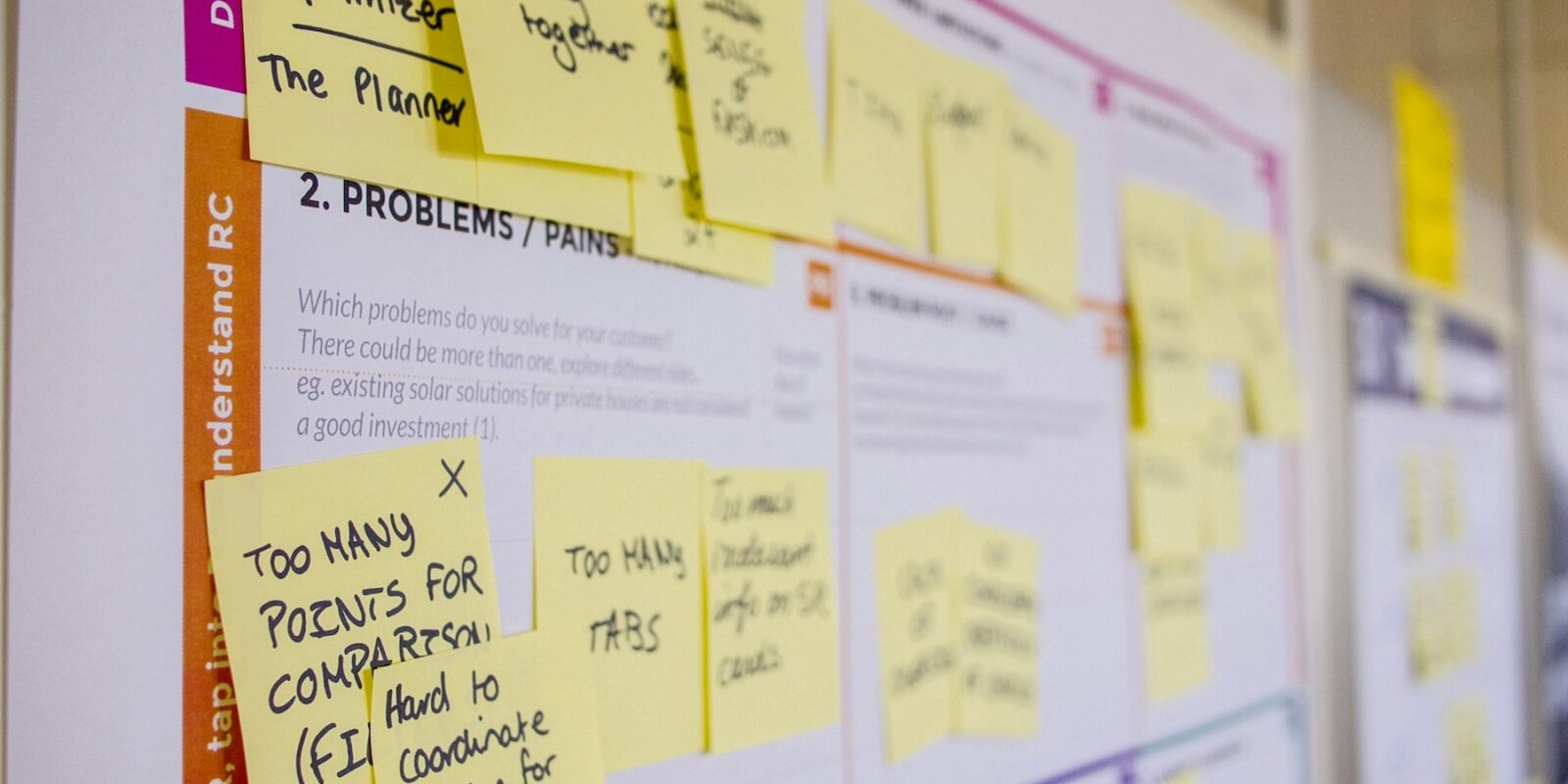Top Recommended tips to prioritizing tasks in a project.
There are different tasks to perform in a project. You need to know how to prioritize these tasks. You may have a software development project or just any project (personal or professional) that you are working on but finding it difficult to plan which project task to do before the other. This mini-guide will show you what you need to know and do.
Prioritizing tasks in a project is crucial as it helps to ensure that the most important tasks gets done first and resources are allocated effectively. Here’s a structured approach you can use to prioritizing tasks in a project.
Recommended Tips for Prioritizing Tasks in a Project
- Identify Project Goals and Deliverables
- Use the Eisenhower Matrix
- Urgent and important
- Not urgent but important
- Urgent but not important
- Not urgent and not important
- Consider Dependencies
- Assess Impact
- Time Sensitivity
- Resource Availability
- Use a Scoring or Ranking System
- Break Tasks into Subtasks
- Reevaluate Regularly
- Consider Constraints
You need to understand the project’s overall goals, milestones, and deliverables. Ask yourself what the most critical outcomes that must be achieved are and then list them. Then ensure each task is aligned with project goals. Tasks that directly contribute to the final outcomes should take precedence.
Eisenhower Matrix helps you categorize tasks based on urgency and importance. There are four extreme sides to the matrix. They are as follows
Map each tasks you have listed to each side of the matrix.
You will want to do the urgent and important tasks first. These are tasks that will directly affect the project’s timeline or deliverables. Then you will want to schedule and plan the not urgent but important tasks carefully. These are tasks that are necessary but have more flexible timelines. After which you will want to delegate if possible the urgent but not important tasks. These are tasks that are urgent but do not significantly impact the final outcome. Finally, you will want to consider eliminating or deprioritizing the not urgent and not important.
It is important to know that some tasks can’t be started until others are completed. Make sure to prioritize tasks that have dependencies that affect other tasks. Likewise, you need to identify the critical path in the project. These are tasks that must be completed on time for the project to finish on time. Any delays on critical path tasks will delay the entire project.
You need to perform risk and impact analysis of each task. Evaluate how much each task will impact the project’s success if it’s delayed. Tasks that have a high impact on project success or client satisfaction should be prioritized. Furthermore, conduct a value vs. effort analysis. Consider the value a task brings versus the effort it requires. Prioritize tasks with high value and moderate effort over tasks with low value or high effort.
There are deadlines to every project. Consider external or internal deadlines that influence when a task needs to be completed. Some tasks might need to be started earlier due to longer preparation time, while others might have quicker turnarounds. Knowing the deadlines and the time it takes to complete each tasks in a project helps to figure out what tasks to perform first before the others.
You need different resources to accomplish a project. One of the most important resource is your project team members. You need to match tasks with team members’ expertise and availability. High-priority tasks should be assigned to the best-suited team members, considering their workload. Likewise, the other important resources e.g., technology, funding, etc. should be made available when prioritizing tasks.
You can use either a weighted scoring approach or a priority level approach. With weighted scoring approach, you assign a score to each task based on criteria such as urgency, impact, resources, and dependencies. These criteria must be well-defined based on project outcome and project timeline. After assigning the scores to each task, add the scores together to rank the tasks. With the priority level approach, you classify tasks into categories like high, medium, or low priority. This helps in determining the sequence in which tasks should be tackled, from high priority to low priority.
This simply means breaking large tasks into smaller tasks to make it easier to prioritize and track progress. You need to follow an order that will get the large tasks accomplished. This order could be prioritizing smaller, manageable tasks first before doing the intermediate and complex tasks. Smaller tasks often offer more clarity and quicker wins, which can help maintain momentum.
There would be unexpected incidents when carrying out a project. Also, projects evolve, and priorities can shift. Make it a habit to review and adjust your task priorities periodically. You can accomplish this by asking for (stakeholder) feedback and then adjusting the project accordingly (if necessary). Be open to input from team members or stakeholders that might change task priorities due to new insights or changes in scope.
Two important constraints you need to consider are budget and time constraints. Certain tasks may be constrained by budget or time. This affects how you prioritize them. Consider trade-offs between tasks if necessary.
TL;DL
- List all tasks: Write down everything that needs to be done.
- Categorize tasks based on importance and urgency using the Eisenhower Matrix.
- Identify dependencies: Which tasks are prerequisites for others?
- Assign deadlines and allocate resources.
- Rank tasks according to impact and effort (e.g., using the 1–5 scale).
- Review and adapt regularly as new information or constraints arise.
By using these methods, you can effectively prioritize tasks in a project and stay on track to meet your project goals.






